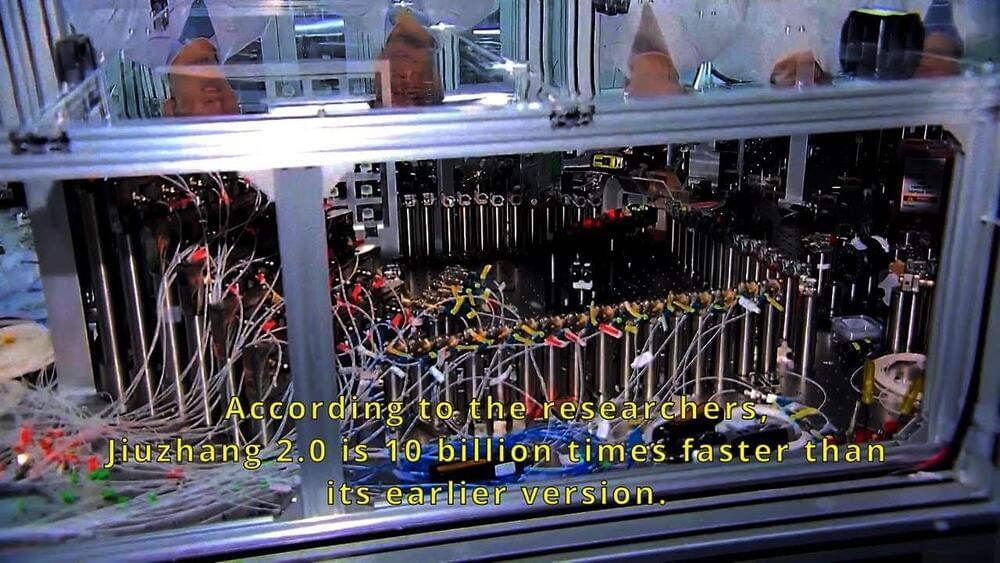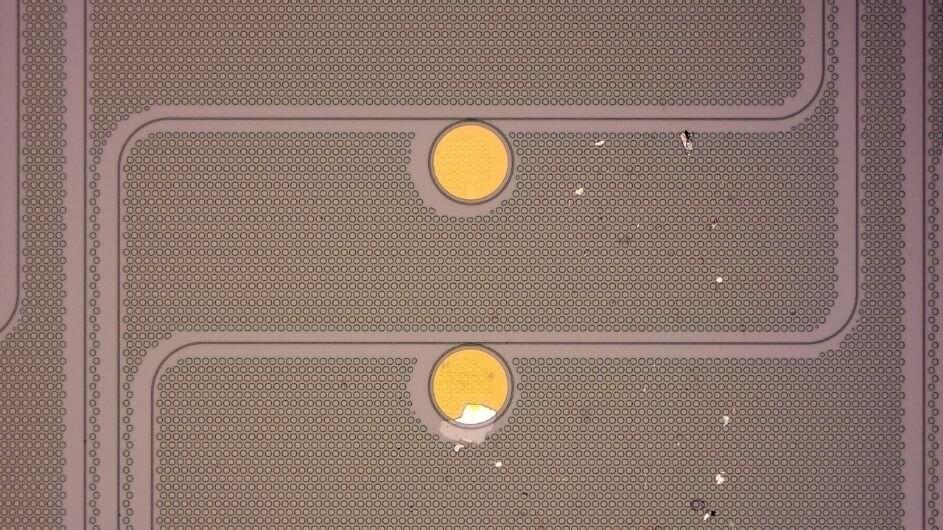Nov 2, 2021
Solar PV film roll. Revolutionary new production technology
Posted by Chris J. Kent in categories: neuroscience, solar power, sustainability
Solar PV panels are now a common site around the world and they do a great job. But they only work on flat surfaces. What about the millions of other surfaces that are not so conveniently shaped? That’s where flexible solar film comes in. The concept is not new but now a UK company has developed a unique Solar PV film that could make the technology accessible to millions more people in remote off grid areas in developing nations.
Power Roll Website.
https://powerroll.solar/unique-solar-film/
Continue reading “Solar PV film roll. Revolutionary new production technology” »


















